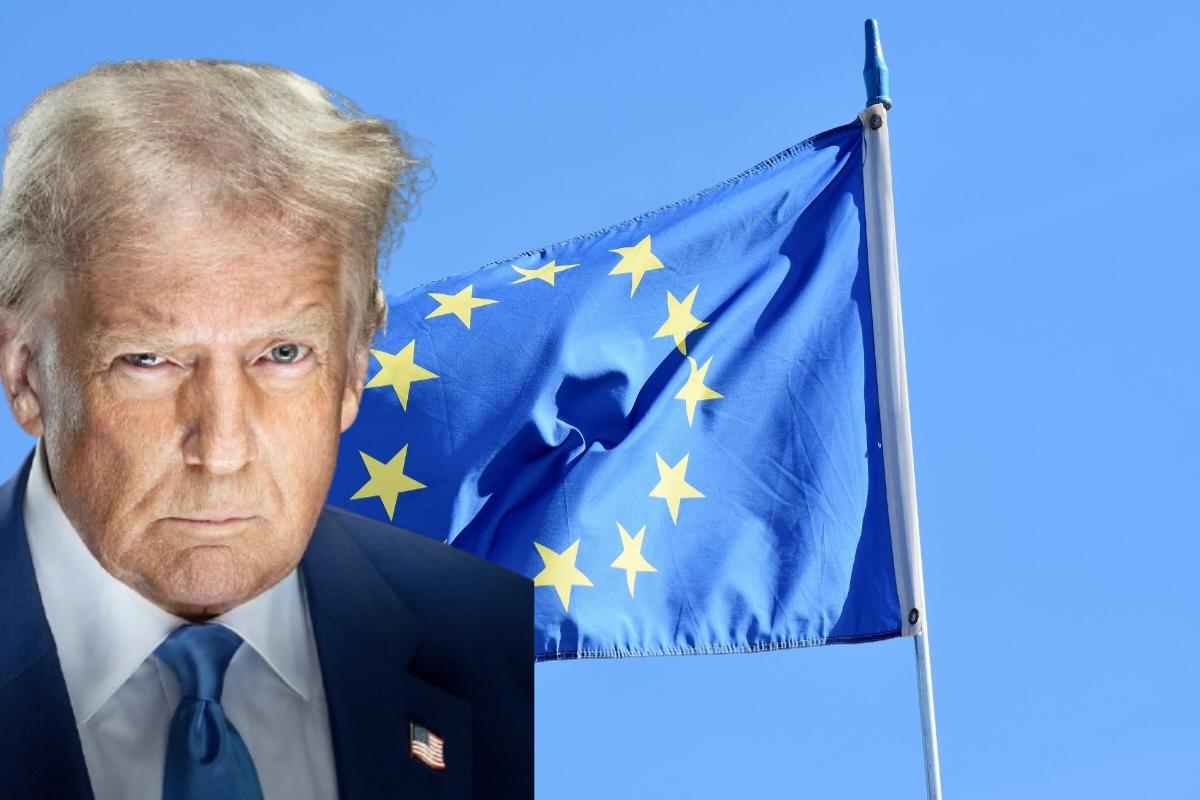
In a groundbreaking development, President Donald Trump has announced what he calls "the biggest deal ever reached" between the United States and the European Union. This newly negotiated trade agreement covers multiple sectors including energy, automobiles, and overall investments, marking a significant shift in transatlantic trade relations.
According to President Trump, the European Union has agreed to open up trade channels with the United States at zero percent tariff. This decision comes after months of escalating tariff threats, including a previous warning by Trump of imposing 50% tariffs on EU imports. In the final agreement, the tariff rate has been capped at 15%.
One of the key highlights of the deal is the European Union’s commitment to buying up to $750 billion worth of American energy products. This includes natural gas, oil, and possibly other energy infrastructure components. Trump emphasized that this move will further solidify America’s energy dominance while helping the EU diversify its energy supplies.
The EU has also agreed to make substantial investments in the U.S. economy. Reports indicate that the European bloc will invest around $600 billion in various U.S. sectors, signaling a strong vote of confidence in American economic prospects.
In addition to energy and investment, the deal includes a significant automotive component. The EU will now purchase “vast amounts” of U.S.-made automobiles. Moreover, tariffs on automotive exports from the U.S. to the EU have been reduced to 15%, providing a much-needed boost to American automakers.
Trump also mentioned that Europe has agreed to open up their domestic markets to U.S. trade, a long-standing demand from Washington. The move is expected to benefit U.S. exporters in sectors ranging from agriculture to technology.
Howard Lutnick, a key market voice, remarked that “Europe needs to make a deal and wants to make a deal with the U.S.” He added that the crucial point remains whether the EU’s offer is strong enough for Trump to fully pull back from the previously threatened 30% tariffs.
This deal follows closely on the heels of another trade agreement signed with Japan, signaling a potential thaw in global trade tensions. Many analysts believe that more deals could be in the pipeline, especially as countries look to stabilize their economies and reduce dependency on unpredictable supply chains.
Overall, the U.S.-EU trade agreement marks a major milestone in international trade policy, with wide-reaching implications for global commerce, energy, and investment flows. As global trade slowly reopens, this deal sets a precedent for upcoming negotiations with other major economies.




